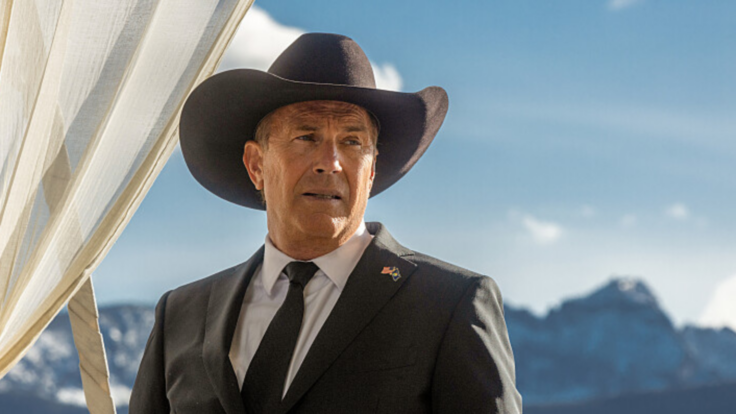The pseudo-retirement of Reed Hastings, who handed off his co-C.E.O. title to Greg Peters last week, confirms what was already obvious for much of the past two years: Netflix is evolving again. When Hastings took over from Marc Randolf in 1998, it was in large part because he didn’t believe Randolf could scale the company. Under Hastings, Netflix transitioned from a DVD rental outfit to a cutting-edge streaming company, vanquishing retailers like Blockbuster, bleeding the cable companies, and growing to rival Disney. Netflix became 4x Warner Bros. Discovery faster than HBO could become HBO Max.
Of course, Netflix’s challenges as the market incumbent are vastly different from when it was a scrappy disruptor. The company must continue to scale globally, but just as important these days is maximizing revenue per user, building out an advertising network, and cracking down on the password-sharing that has accustomed an entire generation to endless on-demand content for free. Netflix’s subscriber growth was effectively flat in 2022, and its U.S. market is especially tapped out. Saturation isn’t a new issue, but it does raise questions about the level of spending required to win net new subscribers.

















